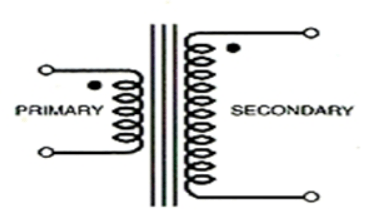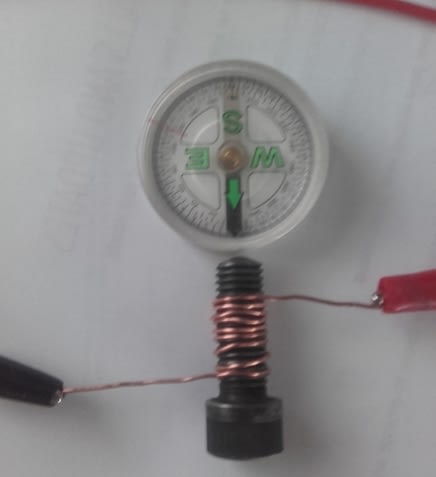Well, for anyone curious to know what I'm up to, I would like to learn more about transformer design. Even the basics. It seems like a nightmare no matter where I look to learn the theory. I was rummaging through my scrap to see if there was anything I could learn from, as I do actually find that I learn better from burning

So, I found in my scrap an old strobe light, or timing light, for setting car ignition timing in the olden days. I am planning to reverse engineer it to see what is going on, then try to get my head around the DC to DC conversion part of it, by first learning the basics of how a toroid behaves when I do certain things to it, then do some testing of the existing transformer in the timing light at its operating frequency, (and some other frequencies, etc), then after all that, see if I have learned enough to design something of my own, without simply doing a copy of what I have. It is all academic. I tried for quite a while to understand the theory, but I just always seem to be missing some variables in understanding it all. It seems that fuzzy area is probably the reason why there is simply no on line design program that lets you feed in the variables, then get a design spat out. I wouldn't really want that anyway, since with the possibility of actually burning my house down with a bad transformer design, I think I would like a little bit more confidence in what I'm doing! I know I have a
LOT to learn but I have to start somewhere. I have downloaded the TDK EPCOS pdf with about 625 pages, so that should hopefully keep me scratching my head for a few years (or decades more like it). Watch this space, but don't be expecting any major events in the near future other than my house burning down maybe

And for anyone wondering what my incompetence level is, here is my first learning experiment

I will never forget this now after doing it in person. All those left and right hand rules were doing my head in. I now know if I wind a wire onto a common right hand threaded screw, and I treat the screw head as the ground, the end of the screw creates a South pole.


